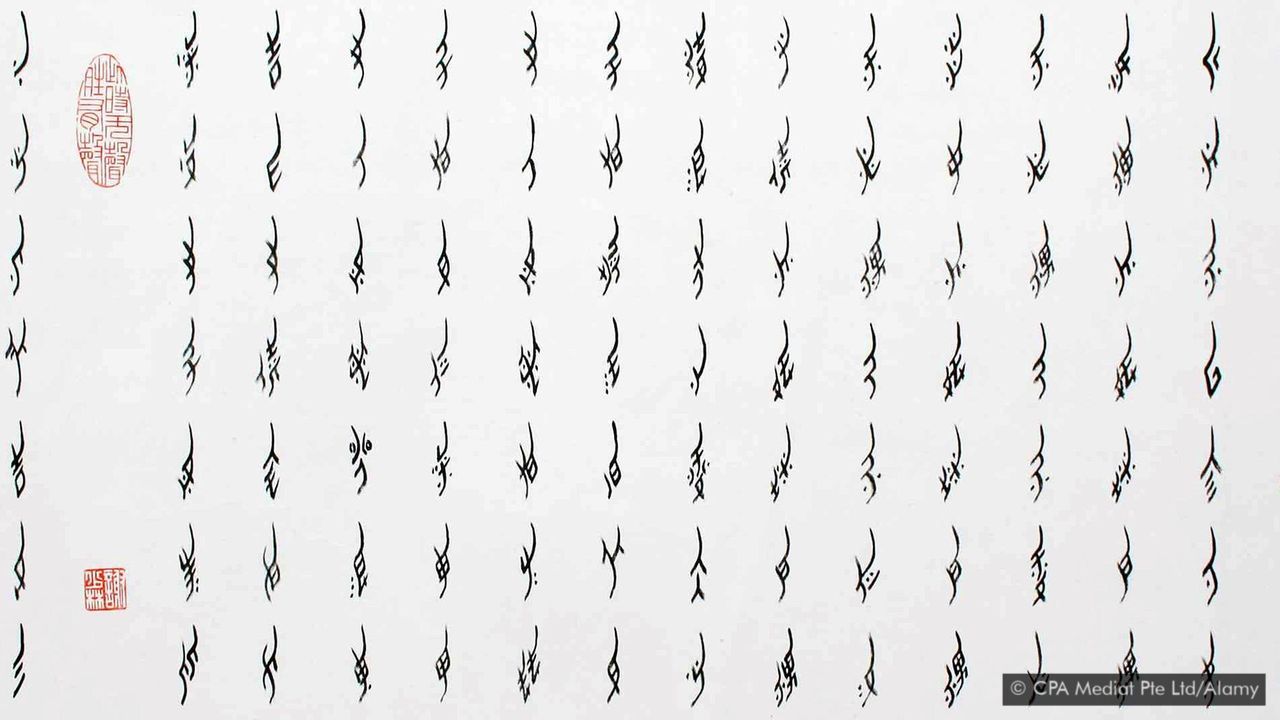What happened to the spelling bee this year?
Like so many other good things in this annus horribilis, COVID killed it.
For quite a few years now, I have reported on the national spelling bee (usually in May). This has been such a dismal year that I didn't make an effort to inquire about what happened with it this spring. Now, however, as I am preparing a post on Indian feats of memorization, I could not help but wonder about the fate of the 2020 national spelling bee. Here's what I found out.
"Tough words, little drama, familiar champ in virtual bee"
Read the rest of this entry »



